
Successful RBCA Application
Stroma Building Control is extremely pleased to share that we have received confirmation of our approval to work as a Registered Building Control Approver (RBCA).


Stroma Building Control is extremely pleased to share that we have received confirmation of our approval to work as a Registered Building Control Approver (RBCA).

"No worse than existing" - a phrase that all designers, fire engineers and building control officers will be acutely familiar with. But what does it mean? Proposals to modify buildings without implementing necessary safety measures required in a new building, under the pretext that the building will not be worse than existing, should be carefully evaluated.

Introduction: The Building Regulations Part F, focusing on ventilation, has undergone significant changes in 2022. Established in 2010, this document faced challenges over the years due to identified issues and concerns regarding non-compliance with guidance requirements. Recent guidance from Public Health England on volatile organic compounds (VOCs) indoors and World Health Organisation (WHO) recommendations necessitated updates, rendering the existing Part F outdated.

The Problem: Building near trees can be advantageous for various reasons, such as increased property value and natural shade. However, it introduces unique challenges, particularly regarding soil stability. Two critical factors come into play: soil with shrink/swell potential and the presence of trees within a certain proximity to the building. Soil Conditions: For soil to be affected, it must have shrink/swell potential. Pure gravels or sands are less susceptible, but proximity to large trees can still pose risks. The foundation of a house relies on the soil, and if it undergoes volume changes, it can destabilise the building.

This technical report delves into the implications of the Building Safety Act, focusing on the necessity for architects to demonstrate compliance with Building Regulations. In alignment with Dame Judith Hackitt's recommendations post the Grenfell Tower tragedy, a paradigm shift is observed, necessitating architects to adopt a proactive approach towards safety through the application of 'safety cases' and fostering a culture of accountability introduced by the Building Safety Regulator.

The Building Safety Act 2022 has significantly influenced the landscape of building regulations, particularly with the introduction of secondary legislation effective from October 1, 2023. Originating from the recommendations following the Grenfell Tower fire by Dame Judith Hackitt in 2018, these new regulations aim to establish clear accountability and enhance the overall safety of buildings.

The recently enacted Building Safety Act has brought forth significant changes, particularly in the realm of liability and accountability for construction projects. A notable shift is the requirement for clients to issue a notice of practical completion to the building control body (BCB) before finalising the works with a completion/final certificate. This is particularly pertinent for projects falling outside the Higher-Risk Buildings process, where additional responsibilities come into play.

Modern building design has witnessed a significant expansion in the role of roofs. Flat roofs now accommodate not only plant and HVAC equipment but also house renewable energy infrastructure, social spaces, and more. This evolution occurs amidst a backdrop of consistent roof fire rates, drawing increased attention to the risks associated with combustible building materials post the Grenfell Tower fire.

As of October 1, the Building (Amendment) (England) Regulations 2023 have come into force, ushering in a new era of regulatory clarity under the ambit of the Building Safety Act 2022. This regulatory overhaul impacts a spectrum of projects, spanning from domestic house extensions to higher-risk buildings (HRBs), necessitating the appointment of two principal duty holders: the Principal Designer and the Principal Contractor.

Ensuring the safety of our buildings remains a top priority for the government. The recent implementation of the Building Safety Act signifies a substantial commitment, establishing a robust framework with the Building Safety Regulator at its core.

As we acclimate to the adjustments introduced by the Amendment Building Regulations 2023, this comprehensive guide aims to delineate the scope of services our professionals offer and clarify aspects beyond our purview.

We are very pleased to announce, as of today, Monday 2nd October 2023, Stroma Building Control and JHAI have merged to become the largest private approved inspector in England & Wales. Having both been part of Phenna Group for over a year, our teams have dedicated significant time to planning how we take the business forward in the best interests of our clients.
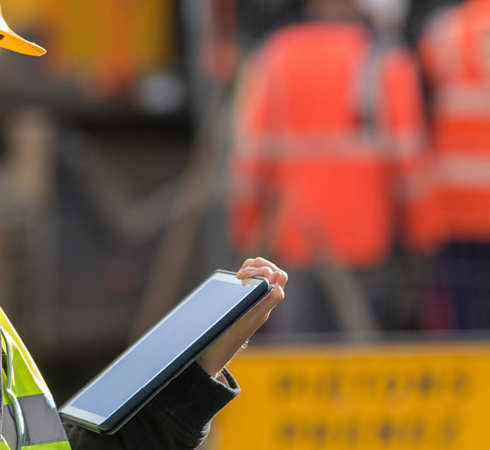
Kayleigh Wardle-Tubb joined Stroma Building Control in 2018 as an Assistant Building Control Inspector for our team based in Watford. Since joining, Kayleigh has become Chartered with the Chartered Association of Building Engineers (CABE) through Stroma’s Training Academy and has been promoted to a Building Control Inspector.

We caught up with Stuart Hammond six months after joining the company as one of our Principal Building Control Inspectors for our south-east region.

We're celebrating our support teams' success and career development across Stroma Building Control, including their promotions, education and training, and career changes through Stroma's Training Academy. Our teams across the country provide invaluable support to our network of inspectors working on-site and guide our clients through every stage of their project to provide a proactive and efficient Building Control service.
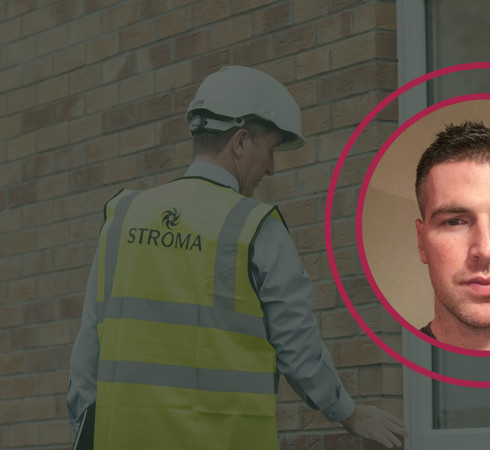
Stroma Building Control’s, Kevin Lynch, who works as a Building Control Surveyor has recently achieved CABE Chartership. In celebration of his achievement, we spoke to him about what the chartership meant to him, how it will benefit Stroma and what he’s looking forward to in the coming year.
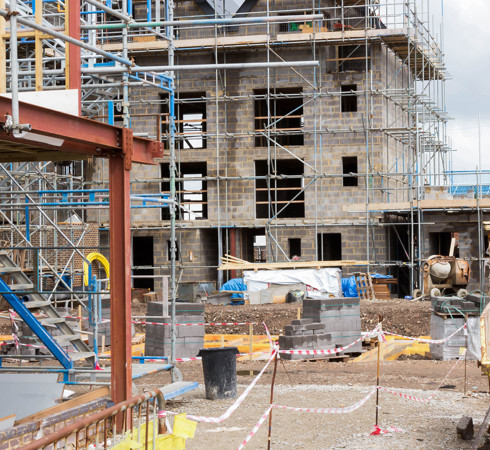
A new national construction products regulator has been established to ensure homes are built from safe materials. The regulator, which has been set up as a reaction to the Grenfell Inquiry, will look to ensure the safe use of building materials on residential projects.
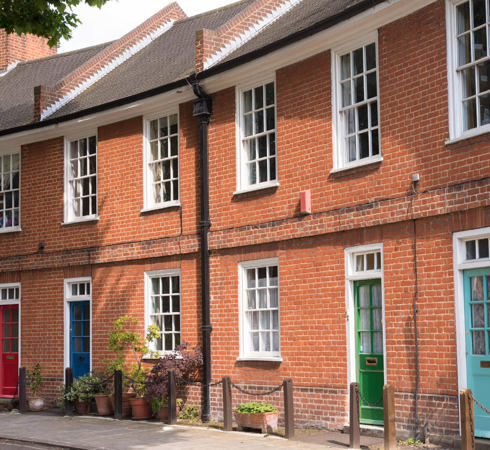
Our latest edition in CABE featured Karl Guest and focused on his career journey into Building Control. We caught up with him to discuss his new role within Stroma Building Control and his future plans as Technical Manager for the division. Here’s what he had to say.

We recently spoke to Stroma Building Control’s Joel Ashby, who in December, was promoted to Director of Stroma Building Control’s South Residential team.
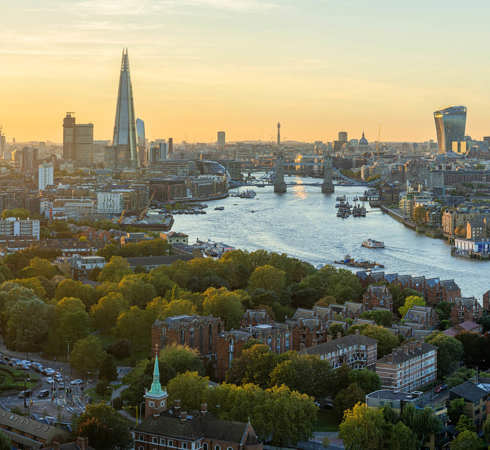
Government has released an amendment to the Building Regulations Approved Document M, which comes into force in January 2021.
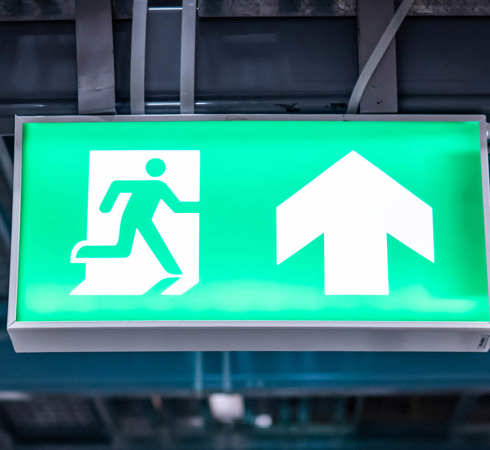
The UK government has released a new document detailing Amendments to the Approved Documents. Specifically, Approved Document B: Fire Safety, concerning the use of sprinklers and wayfinding signage.
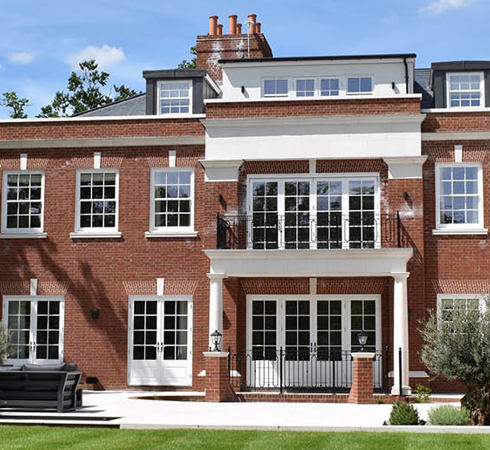
For our latest feature in CABE magazine, we featured one of our Building Control Managers, Geoff Luker, as he gave us an insight into our work for the luxury property market.
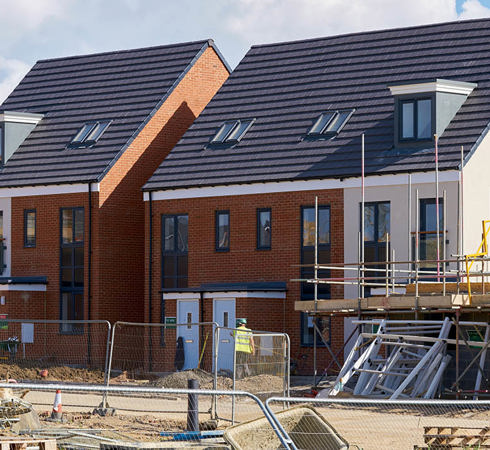
Stroma Building Control has partnered with the University College of Estate Management (UCEM) to offer a new BSc Hons degree in Building Control, with the first students being enrolled this coming September 2019.

Kayleigh joined Stroma Building Control in 2018 as a Trainee Building Control Surveyor in our Watford office, whilst studying for her NVQ Level 6 in Building Control.

Today we announce the launch of a new Approved Inspector brand: Stroma Building Control.

Amendments to the Building Regulations made on the 28 November 2018 and coming into force on 21 December 2018 will see a ban of COMBUSTIBLE MATERIALS in certain “relevant” high rise residential buildings.